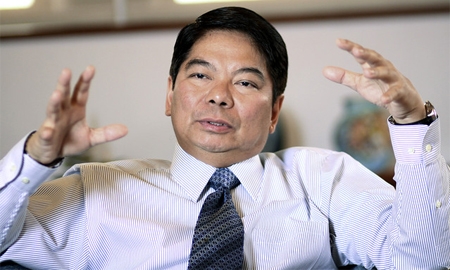
As the nation’s macroeconomic policymaker and banking regulator, its central bank – Bangko Sentral ng Pilipinas (BSP) – has played a major role in keeping local banks highly capitalized thanks to the strict regulatory framework it put in place to maintain stability in the financial sector.
The primary objective of the BSP’s monetary policy is to promote a low and stable inflation rate conducive to balanced and sustainable economic growth, which it has achieved, even in the most testing of environments, deftly guiding the Philippines through the recent global recession and leaving it remarkably unscathed. Also, according to the BSP, local banks also have no significant exposure to the current financial storm in the euro zone, since they have been diversifying their investments, assuming defensive positions with only 1.4% of their total assets exposed to the region at end- June 2011.
“First and foremost, the Philippine economy has stable macroeconomic conditions. There is a solid fundamental base supportive of sustained economic growth,” says Governor of the BSP Amando M. Tetangco, Jr. “Second, the Philippine banking system remains sound and stable. This has been brought about by the series of financial sector reforms that we have implemented over the years. Most of these reforms seek to improve risk management practices of banks (e.g. increased capitalization of banks, adoption of international accounting standards for financial reporting, enhanced corporate governance and bank supervision, etc.)”
For the third time in six years, in 2011 Mr. Tetangco was lauded as one of the world’s top six central bankers in an annual survey by New York- based Global Finance. He has kept inflation under control, brought down interest rates, strengthened the peso, boosted foreign reserves and stabilized the financial system, while the rest of the world was living the crisis. In July, he also secured an unprecedented second six-year term as head of central bank.
The BSP is heavily involved in various projects and activities to support socio-economic development through its advocacy programs covering microfinance, financial education, consumer protection, economic information dissemination, and overseas Filipinos’ remittances.
The BSP has also encouraged greater participation by banks in the microfinance and micro-insurance sectors. “In the early 2000s, there were only a handful of banks involved in microfinance; now there are more than 200, which have benefitted close to a million micro-entrepreneurs,” says Mr. Tetangco.
0 COMMENTS